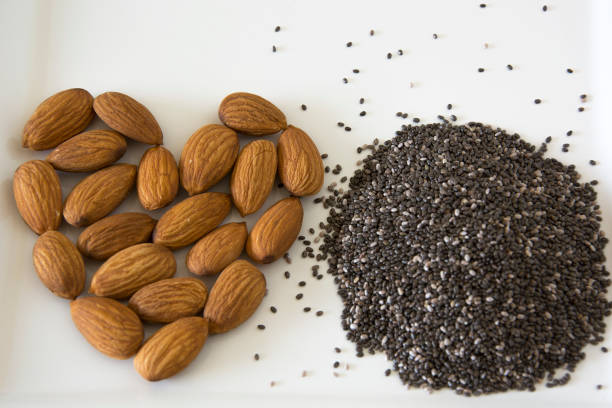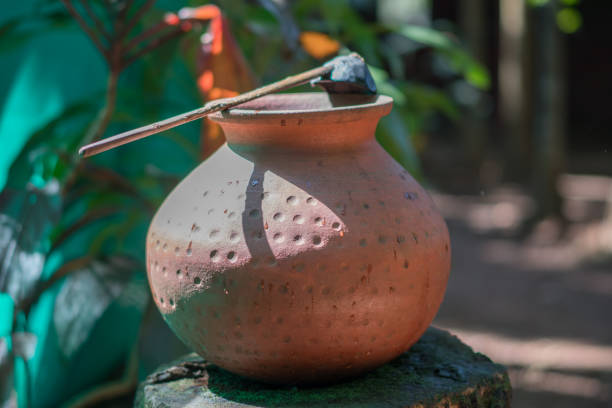Prosthetics as a discipline is fairly new. But prostheses have been around since the middle ages. Back then, only a handful of people in the world could make one. And the materials used in the build were heavy and expensive. As a result, medieval prostheses were expensive. Heavy and slow. Must be a pain while carrying it around. With time humanity progressed into a technological powerhouse. Alternative more favourable materials were available at a lesser cost. As a result, prostheses became more efficient, ergonomic and easy to use. Unlike medieval prostheses, today’s prostheses are not restricted among the upper classes of society.
In the era of neuroscience, the biggest enhancement the discipline of prosthetics received is bionics. Bionics grant the power to obey the wielder’s wills. A bionic prosthesis is able to receive information from the muscles and translate the same into gestures and movements.
The market today has quite a few options when it comes to choosing the right enhancement. It is rather confusing given the options and features on offer. It is important to choose with an open eye so that a long term companion like a prosthesis is not of the wrong kind. This article will try to suggest the essential investigations one must conduct while choosing a prosthesis for a loved one.
Environment resistance
Human life on earth involves exposure to a lot of environmental factors. Some might prove to be detrimental for an advanced prosthetic arm loaded with a ton of electronics. A good prosthesis is expected to resist these detrimental natural forces. Dust and water deposition are the major challenges when it comes to environmental factors. Periodic service and careful attention can however resolve the problem given the presence of necessary awareness.
Welding experience
The wielding experience includes a long list of aspects. Which include ergonomics, comfort, weight, durability and reliability. All of these aspects are crucial when it comes to owning a prosthesis for a long duration. The ergonomic experience of a good prosthesis should be empowering. It should inspire confidence in the wielders and console with newfound power. For comfort, prostheses are expected to possess superhydrophobic materials for better drainage and low water retention. Inner linings made up of these materials are thus hygienic and do not encourage deposition. The low friction characteristics of these materials are known for increasing the comfort quotient of the components in contact with the skin.
In order to deliver the empowering promise within the manageable weight, modern-day prostheses are made utilizing advanced materials. These materials are known to have high strength to weight ratios and extreme durability. These lightweight composite materials have made the modern prosthesis experience effortless.
Service and care
Wielding a prosthesis is not a fleeting task. It demands patience and efforts to learn and successfully wield an advanced prosthetic limb. Bionic limbs are tuned and calibrated in accordance with the wielder’s EMG inputs. And the wielder in the process learns as much as possible regarding the new enhancement. Which include the limitations and capabilities of the prosthesis, and the necessary maintenance protocols essential for long term use.
When it comes to sophisticated electronics, periodic service is essential for long life. A bionic prosthesis is no exception. Before investment, a buyer must ensure the future service prospects of the prosthesis.
The eligibility of an amputee
The eligibility of an amputee is perhaps the most important thing to consider before choosing bionics as a rehabilitation option. Modern prostheses are controlled by a microcomputer that translates electromyographic inputs from the muscles into gestures and actions. An amputee who has lost significant portions of these relevant muscles, can not express the motor intentions. Hence, are not eligible for wielding a bionic prosthesis. Additionally, injuries involving the relevant dermatomes or spinal cord should be meticulously investigated for a better understanding.
Author’s note
A bionic prosthesis can not give back all the lost abilities to an amputee. But the empowering experience is potent enough to bring the lost back to life. The confidence-inspiring modern-day prosthesis experience is known for giving back the livelihood of millions. The evolution of prostheses is indeed a journey through time, changes and social hierarchy. An inspiring story on its own.



